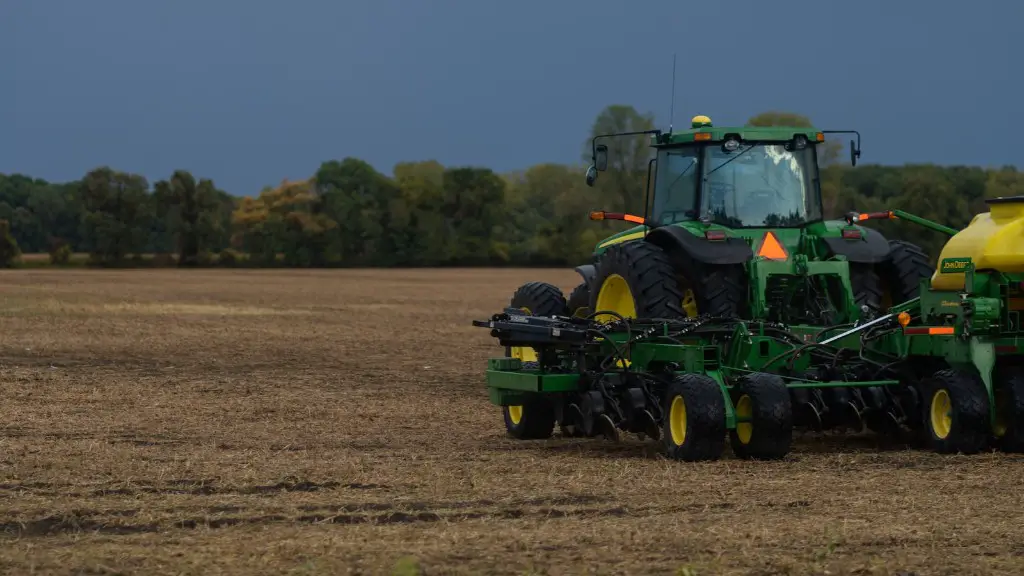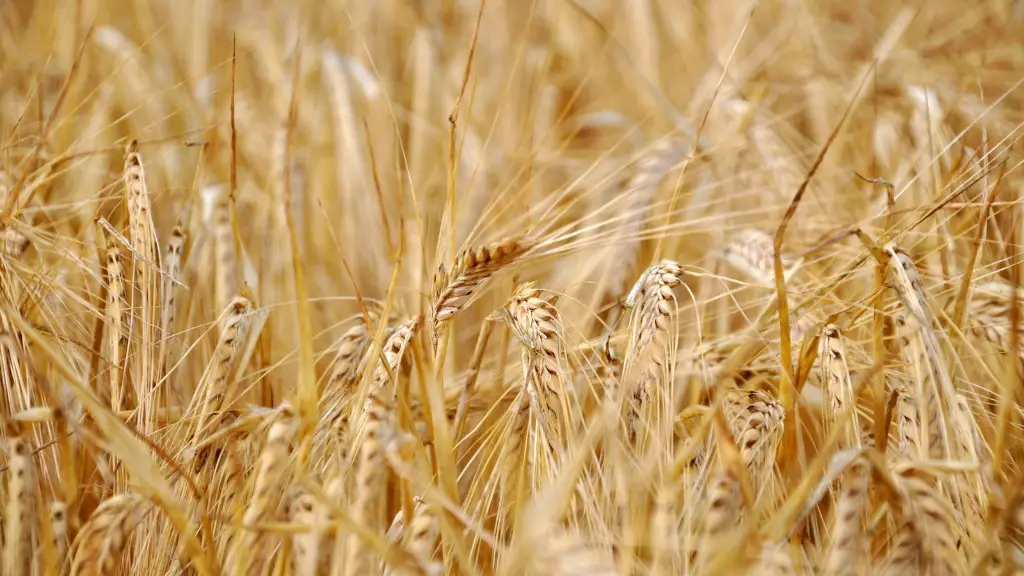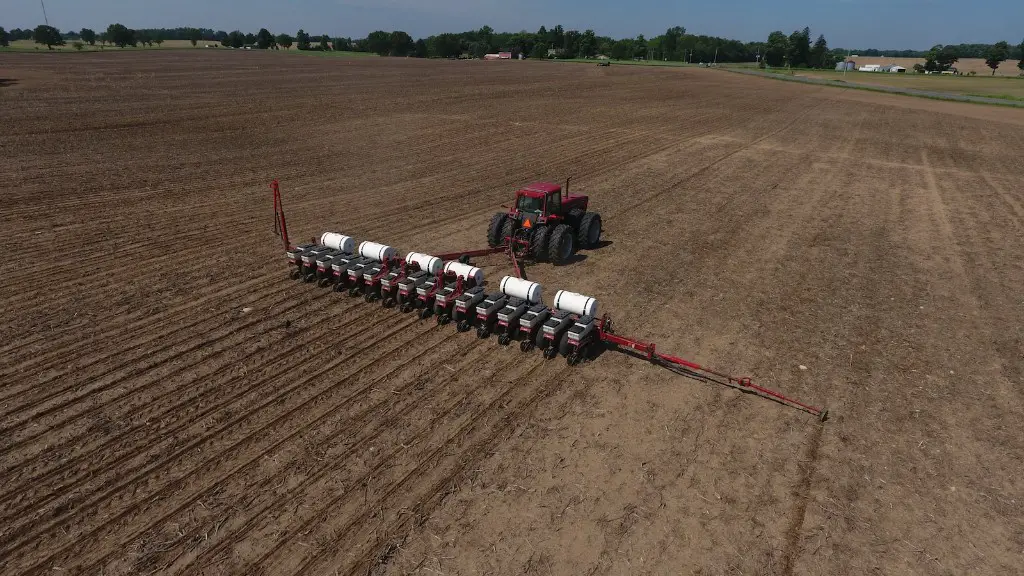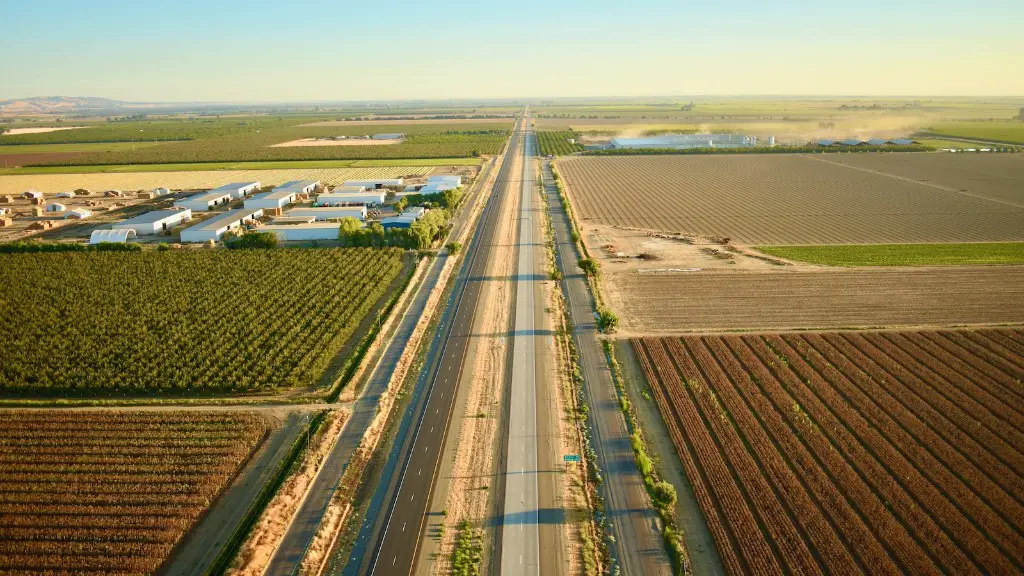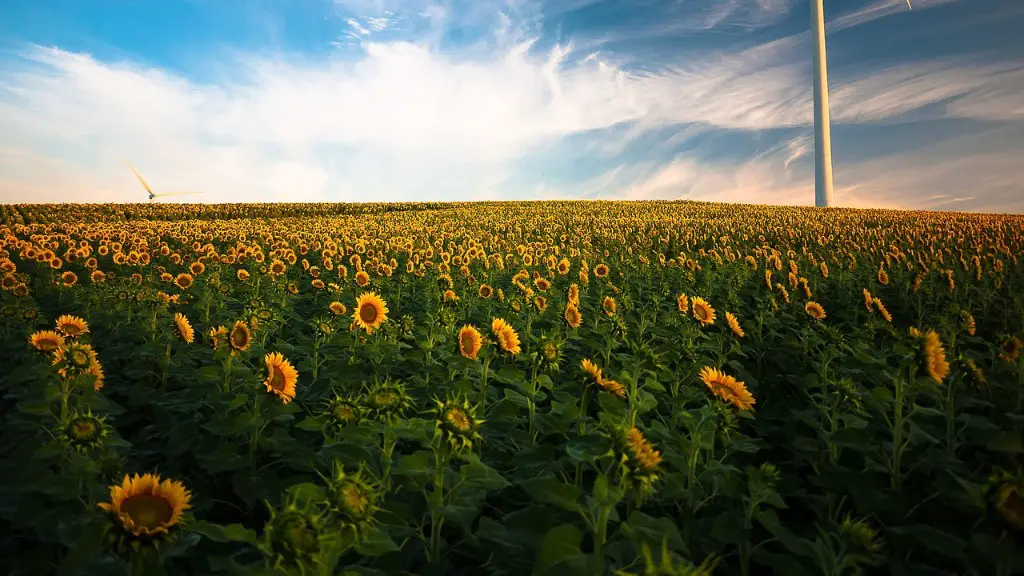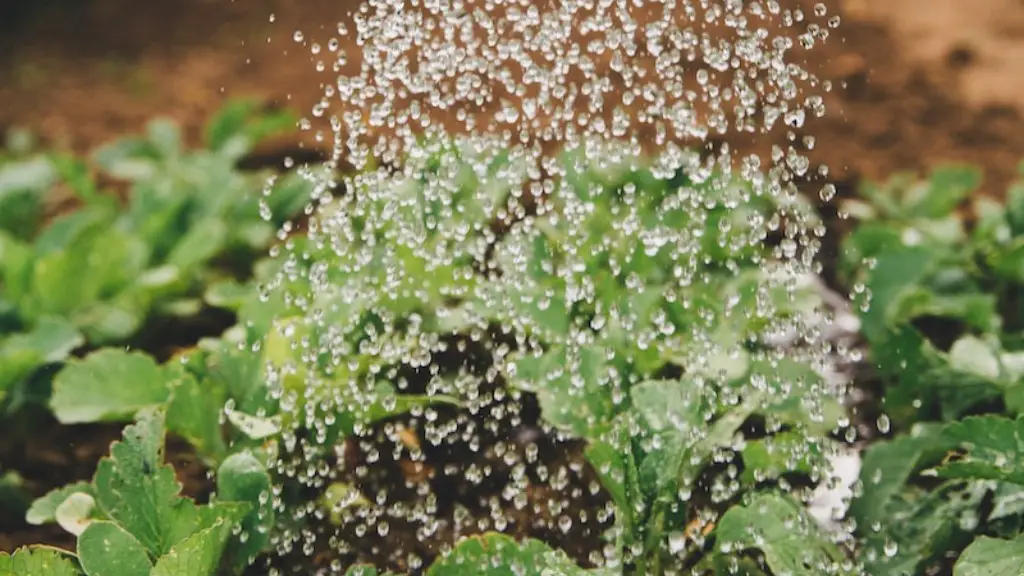Agriculture drying is the process of removing water from agricultural products such as grains, fruits, and vegetables. After harvest, these products must be dried to a safe moisture level to prevent mold and rot. There are many different ways to dry agricultural products, and the method used will depend on the type of product and the desired outcome.
Drying is the process of removing moisture from a food product in order to prolong its shelf life. Dehydration is a type of drying where the food product is dried using heat, usually in a dehydrator or oven.
What is the process of drying?
Drying is an essential process in many industries, as it can remove solvents or moisture from products to improve shelf life or facilitate further processing. There are a number of different drying methods, each with its own advantages and disadvantages. The most appropriate drying method will depend on the product and desired outcome. Some of the most common drying methods include:
– Freeze drying: Freeze drying is a process where water is removed from a product by first freezing it and then subjecting it to a vacuum. This process is often used for delicate products or products that need to retain their shape, as there is no shrinkage or change in shape during freeze drying.
– Air drying: Air drying is a simple process where products are placed in a room or cabinet with circulating air. This method is often used for smaller products or products that do not require a high degree of drying.
– Vacuum drying: Vacuum drying is a process where products are placed in a chamber with a vacuum. This removes the air from the chamber, which causes the water to evaporate more quickly. Vacuum drying is often used for products that are heat-sensitive or products that need to be dried very quickly.
– Infrared drying: Infrared drying is a process
Drying is a great way to preserve meat and keep it from spoiling quickly. By removing the moisture, you make it much harder for bacteria to grow and thrive. This means that you can store dried meat products like sausages, jerky, and freeze-dried meats at room temperature without worrying about them going bad too quickly.
What is the importance of drying in agriculture processing
Drying is a process that removes moisture from food in order to extend its shelf life. By removing the moisture to a safe level, drying can prevent the growth and reproduction of microbial proliferation, mitigate moisture-mediated deteriorative biochemical reactions, reduce the costs of packaging, transportation, storage and processing, so as to reduce postharvest losses, extend shelf life and increase food safety.
Drying is a process that removes moisture from a product. There are many different methods of drying, each with its own advantages and disadvantages. The most common methods are sun drying, hot air drying, contact drying, infrared drying, freeze-drying, fluidized bed drying, and dielectric drying. Depending on the nature of the product to be dried, either foodstuff or industrial material, these methods prove to be more or less adapted.
What are the two types of drying?
Drying is a process of removing moisture from a material. There are two main ways to dry something: naturally or artificially.
Natural drying takes place when the sun and wind work together to remove moisture. This is the most common type of drying and is used to dry things like clothes, food, and herbs. There are three types of natural drying: sun, solar, and shade.
Sun drying is the most basic form of natural drying. Clothes are hung outside on a clothesline and exposed to the sun and wind until they are dry. Food can also be sun dried, although it is more common to see this done in countries with more sunlight, like Italy or Greece. Herbs are often sun dried as well.
Solar drying is a more advanced form of sun drying. A solar dryer is a box with clear walls that captures the sun’s rays. The heat from the sun dries the food or herbs inside the box.
Shade drying is a form of natural drying that is used when the sun is too strong. Clothes are hung in a shady spot out of direct sunlight, and the wind and air circulate around them to dry them.
The first step in the drying process is the migration of moisture from the interior of an individual grain to the surface. This is a result of the grain’s own moisture gradient, which is created by the differences in moisture content between the interior and the surface of the grain. As the moisture gradient increases, the moisture will begin to move from the interior of the grain to the surface.
The second step in the drying process is the evaporation of moisture from the surface of the grain to the surrounding air. This is a result of the difference in vapor pressure between the surface of the grain and the surrounding air. As the vapor pressure of the grain increases, the moisture will begin to evaporate from the surface of the grain.
What happens when drying?
Drying is a process in which water molecules break free from their bonds to each other and to the object being dried. The speed at which a wet object dries is determined by the net evaporation rate of the liquid water on the object.
Drying is a process that is used to remove water from a solution, suspension, or other solid-liquid mixture. In addition to solids, the process can also be used to remove water from liquids or gases. Drying is a process that is often used to preserve food or to prepare it for storage.
What is another word for drying
Drying is the process of removing moisture from an object or surface. This can be done through a variety of methods, including air drying, sun drying, and using a dehydrator. Dehydration is a common way to preserve food, as it prevents the growth of mold and bacteria. When food is dried, it can last for months or even years.
Drying also has a variety of other uses. For instance, drying clothes is a necessary part of doing laundry. Drying wet clothes helps to prevent them from developing mold or mildew. When you dry your hair, you are removing moisture from it so that it will be less likely to frizz.
There are a number of words that are related to drying. These include:
Airdrying: This is a method of drying that uses air to remove moisture.
Sun drying: This is a method of drying that uses the heat of the sun to evaporate moisture.
Dehydrated: This refers to something that has had the moisture removed.
Dusty: This describes a surface that is covered in fine, dry particles.
Parched: This describes a surface that is very dry, as if it has been baked by the sun.
5 main benefits of storage:
1. Greater safety for stored products – Reduced risk of spoilage and contamination
2. Elimination of the onset of molds and aflatoxins – Prevention of these harmful organisms from developing and contaminating stored products
3. Reduction of waste – More efficient storage practices can lead to less product waste
4. Higher product quality and productivity – Well-stored products are less likely to be damaged or lost, and can be more easily accessed for production purposes
5. Increase and maximization of profits – More effective storage can lead to increased profits, due to reduction in waste and spoilage, and increased product quality and productivity.
What is the benefit of drying?
Drying food is a simple and effective way to prolong its shelf life. By inhibiting the growth of bacteria, mold, and yeast, dried food can be preserved for up to several years. Store dried food in air-tight jars to further extend its shelf life.
There are two main types of drying systems: natural and artificial. Natural drying uses the ambient air temperature and either direct sunlight or natural air movement through the crop. Artificial drying uses mechanical means, such as a fan, to move air through the crop. The air can be either at ambient temperature or artificially heated.
What is dry farming called
Dryland farming is a type of agriculture that does not rely on irrigation to supply crops with water. Instead, this practice relies upon soil moisture, ground water, and the occasional rainfall. Dryland farming is often used in areas where water is scarce, or where irrigation is not possible or practical. This type of farming can be more challenging than farming with irrigation, as it requires careful management of water resources.
While there are many different ways to dry food, natural drying (drying in the shade or in the sun) and hot air drying are still the most widely used methods because of their lower cost. Natural drying is less energy intensive than other methods, and hot air drying can be done using solar energy or waste heat from other processes. Although natural drying takes longer than other methods, it can be less damaging to the quality of the food.
How do you classify drying?
The two drying processes are classified as direct and indirect where conductive heating is indirect and convective heating is direct. Indirect drying utilizes an external heat source to dry the material, while in direct drying, the heat source is a part of the drying chamber.
There are three methods commonly used for home drying: Sun drying, oven drying, and cabinet-type dryers with controlled heat and air circulation (referred to in this bulletin as dehydrators).
Sun drying, the simplest and least expensive method, is not recommended because it takes too long (several days) and the food is exposed to dirt, insects, and animals.
Oven drying is also not recommended because it is energy-intensive and can result in uneven drying and overcooking.
Dehydrators are the best option for home drying because they are quick, efficient, and produce a high-quality product.
Final Words
Drying is a process that removes moisture from a food product, reducing the water content and increasing the shelf life. This can be done through various methods such as air drying, sun drying, and using a dehydrator.
Drying is an important process in agriculture as it enables farmers to store crops and hay for extended periods of time. By removing water from the equation, drying protects against rot, mold, and other forms of deterioration. Additionally, drying makes crops easier to transport and handle. Whether using natural or artificial means, drying is a crucial step in bringing food from the farm to our tables.
